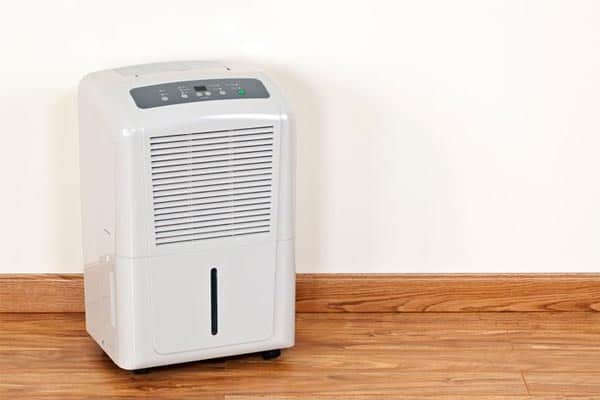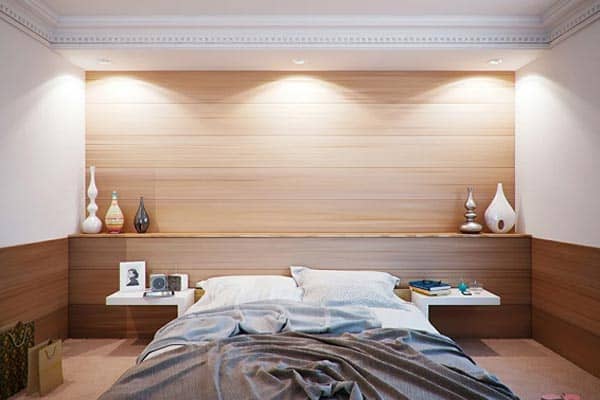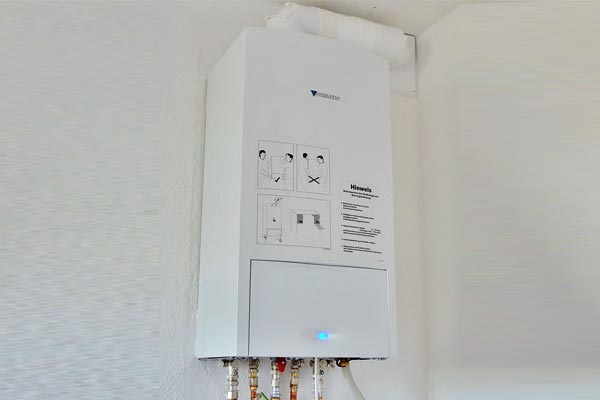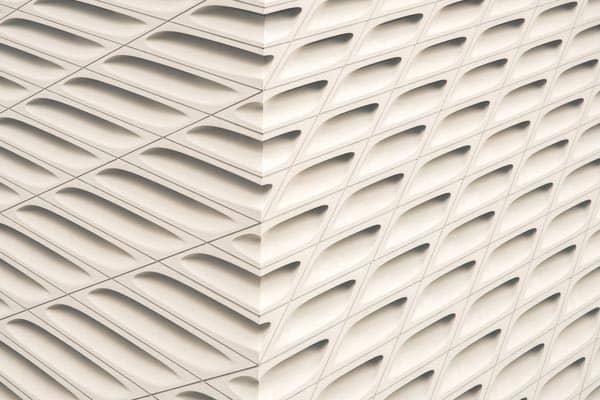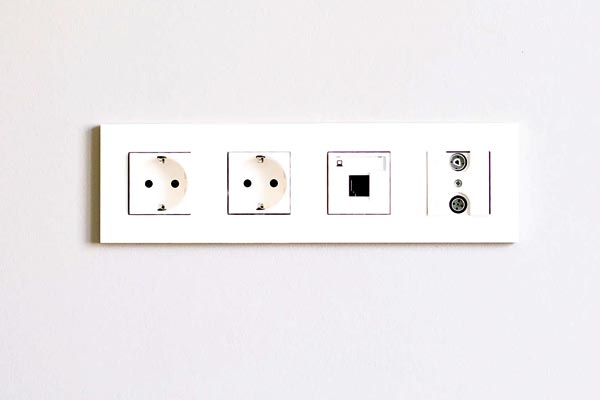Dehumidifier vs Humidifier – Which One Do You Need?
Keeping the humidity levels in your home correct can be a challenge, especially if you live in an area that has four distinct seasons and the weather fluctuates from dry to humid.
Throughout the year, depending on how dry or humid the air is, you could need to use a dehumidifier or humidifier to keep yourself comfortable. But, which one do you need and how do you know?
Most homes have a humidity level that ranges between 30% and 50%, and you’ll need a dehumidifier if the humidity level goes over 50%. If the humidity levels fall below 30%, you’ll need a humidifier. A humidifier will add moisture to your indoor air, while a dehumidifier will remove excess moisture from your indoor air.
Let’s uncover what each item does, how they work, and a few benefits of each model.
This way, you’ll know exactly what type you need for your situation to help keep you comfortable and improve your health all year round.
What Each Device Does
Once you understand what each item does, it’s easier to decide which one you actually need in your home.
You may even need both at different points during the year, and knowing which one does what will help ensure you use the correct model when you need it most.
Humidifiers
You’ll get the choice of a cool-mist humidifier or a warm-mist humidifier, and they’re also called steam vaporizers.
Both models will add moisture to your air equally well, and there’s not really huge advantage of picking one or the other besides your own preferences.
However, how the devices create moisture might make it easier for you to decide between the two. For cool-mist humidifiers, here is how they work:
- Evaporators – Cool air gets blown by a fan through a wet item that helps to add moisture to the air. Having a wet filter or belt is common, and it varies by brand and device.
- Impeller – A metal or ceramic plate called a diaphragm would vibrate at extremely high speeds in order to create tiny water droplets that then go out of the humidifier through an opening and up into the air.
- Ultrasonic – A disc gets immersed in water before spinning at very high speeds to generate extremely small droplets of water in a steam form that leaves the humidifier and goes out into the surrounding air.
So, as you can see, any cool-mist-style humidifier will work to break up water into tiny droplets before dispersing them into your indoor air as water vapor. The water that goes into the humidifier is cold, and it stays cold throughout the process to help cool the air around it. If you have a steam vaporizer, they work by:
- The humidifier has a power source it uses like a plug into your electrical outlet.
- The electricity powers the device to heat a container filled full of water until it reaches a boiling point.
- The boiling water will produce steam that gets cooled slightly before it goes out of the humidifier through a tube or an opening so you can breathe it in.
You can use your steam vaporizer with inhalants or any essential oils you choose to help you breathe better. They’re especially helpful for people with asthma or allergies.
Dehumidifiers
On the other end of the spectrum, your dehumidifier is the exact opposite of a humidifier. A dehumidifier will pull the moisture out of the air to keep the indoor air dry.
If it’s powerful enough, it can reduce your relative humidity levels to a comfortable 30% and 50% in a few hours.
They work by:
- The dehumidifier will pull the warm air in through a fan. The fan will then suck the warm air into metal coils that use refrigerants to cool them.
- Warm air shrinks, so hot things are bigger than cold things. As the air shrinks, tiny water droplets will fall out of the air.
- Water droplets eventually leave the warm water as condensation. This condensation gets stored in a tank on the outside of your dehumidifier.
- The air is now cooler and without the original moisture content. This air gets blown back into your home through a tube using a fan.
Benefits of Humidifiers and Dehumidifiers
If the air is too dry, a humidifier will help increase the moisture content. Dry air can make certain health conditions worse, including asthma or allergies.
Additionally, dry air can make you more prone to airway infections, influenza, colds, sore throat, nosebleeds, sinus inflammation, or bronchitis.
Which Humidifier Should You Use?
Cool-mist humidifiers are generally thought to be safer because they don’t have hot water that you can burn yourself on.
This also makes them safer to run around pets or children, especially if you have it on a lower shelf.
However, cool mist air has the capability of carrying viral material or airborne bacteria if you don’t take steps to clean them on a schedule.
Steam vaporizers get hot enough to boil away the pathogens or bacteria present in the water before it releases the steam into your air.
If you have pets or children, it’s a good idea to go with the cool-mist option. The hot steam can burn if you get too close or spill it.
Dehumidifiers
This device will help pull excess moisture from your indoor air, and it’s very helpful if you live in a very hot and humid climate or if your home has issues with flooding or water leaks.
Have a lot of moisture in the air can cause dust mites and mold to thrive in your house, and this can cause everything from allergic reactions to triggering asthma symptoms.
Humid and hot air can also cause airway constriction due to nerve responses. So, having a dehumidifier running can help with seasonal or chronic allergies, remove the wet or musty odor, you have leaks after it rains, or you’re allergic to dust mites.
They’re also helpful if you have silverfish or spiders, your clothing takes a long time to dry, or if you find yourself having runny noses or coughing a lot.
Health Conditions Humidifiers or Dehumidifiers May Help With
If you have the following common respiratory conditions, getting a humidifier or dehumidifier may help.
- Asthma – A humidifier can add moisture to the dry air that would otherwise dry out your airways and boost your chances of developing an infection. A dehumidifier can remove excess moisture from the air to make it easier to breathe. It also keeps airborne pollutants out of the air.
- Allergies – Since humidifiers add moisture to the air, they can help you breathe easier by reducing inflammation in your sinuses, and this can help with both allergic and non-allergic sinus issues. A dehumidifier can help dry out air that is too moist to reduce the chances of dust mites or mold thriving.
- Bronchitis – Having a humidifier can reduce your bronchitis symptoms. A dehumidifier can reduce bacteria and mold that could trigger a bronchitis flare.
- Colds – Adding moisture to the air with a humidifier can help relieve wheezing and coughing.
How Weather Impacts Indoor Humidity
During the summer months, the air has a lot more natural humidity that causes it to get uncomfortable and sticky inside the house.
During the winter months, the air gets cool and dry. Heaters can compound this problem in your home because they remove most of the moisture from the air to dry it out.
Humidity can also have an impact on pest control. Wood-destroying beetles, carpenter ants, and termites are also attracted to moisture.
If you have houseplants sitting around, you’ll have to water them more if your air is dry. However, having too much moisture in your air can also encourage diseases to take hold of your plants.
How Humidity Affects Your Home
The way you feel when you’re inside your house can also help you narrow down which system you need. If you have dry skin, dry and itchy eyes, and chapped lips, you’ll need to get a humidifier.
If you have damp stains on your walls or ceiling or if it feels stuffy in your rooms, you need a dehumidifier.
Dry air can also cause cracks in plaster, wood beams, and leather furniture. So a humidifier will help alleviate this issue. Too much moisture in your home can also encourage mold to grow on ceilings and walls that could lead to serious health problems. Having a dehumidifier will stop this from happening.
Bottom Line
If your air is dry, you now know that you need a humidifier to introduce moisture back into the air. If you have too much moisture in your indoor air, you need a dehumidifier.
When you have the correct one running, it’ll be a lot more comfortable to spend time indoors all year round.
